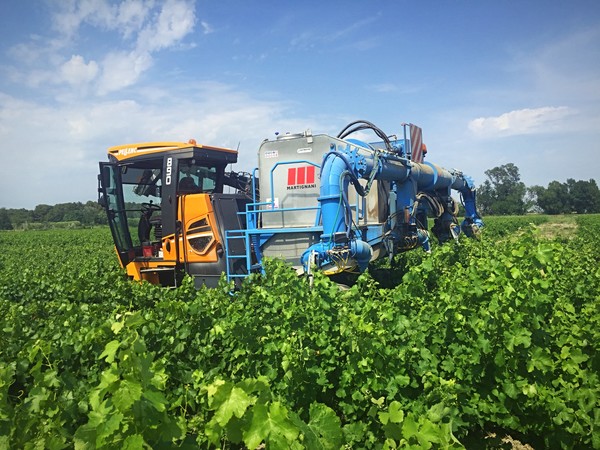
European tenders, the public subcontracting market
For the services that FederUnacoma performs for member companies, particular importance has been emerging for the monitoring and selection of public tenders for the purchase of agricultural machinery and for landscaping. Within this field, we analyse the subcontracting market, illustrating the various bidding procedures, with a focus on the most interesting markets
The focus remains on topics related to the universe of European tenders. This time we turn our attention to the awards, namely to the subcontracting market. We know that the procurement activity carried out by public institutions creates commercial opportunities for companies through two mechanisms: Firstly, the direct participation of companies in tenders, secondly the sale to companies that have been awarded tenders, which, in order to complete the contract, must in turn purchase certain products. In this second case, companies can indirectly seize the opportunities of institutional procurement by relating, in a B2B perspective, with other companies awarded public contracts. Let us focus on the second segment, that of subcontracting, to offer a quantitative assessment of the market in EU countries during 2016-2018.
The data covered by the analyses refers to tender notices published in the EU’s TED (Tender Electronic Daily) during the period in question. As we well know, EU legislation on public procurement obliges the administrations of the member countries to publish on TED the tender and award notices for the supply of goods and services whose amount exceeds the threshold of 209,000 euros. Obviously this is the threshold that triggers the obligation to publish on TED, but the legislation leaves the option to publicize in the EU also tenders for amounts below the above threshold. In general, therefore, TED provides data relating to the most qualified portion of the public market, but we can not rule out that among the published tenders there are many for less than 209,000 euros.
We should also consider that it is not possible to analyse the scale and performance of the market in value, due to the fact that in many Member States public administrations send the tender and award notices without amount (which is only indicated in the tender documents). Therefore, all our considerations refer to the number of published awards.
From the product point of view, the market that we are referring to contemplates the types of services in which the technologies produced by the manufacturers of machines for agriculture and gardening can be used, and therefore we can identify three segments that generate key commercial interests: services for the maintenance of green areas (gardens, parks, sports fields, etc.); services for tree maintenance and pruning; agricultural activity management services.
Turning to the analysis of the data, we can immediately identify two aspects (Figure 1).
The area of services for the maintenance of green areas, which represents the clearly predominant commercial segment, represents about 80% of the total market.
All three segments recorded significant growth in the 2016-2018 period.
The geographical distribution of the market is also undoubtedly an indication of commercial interest for companies. Figure 2 shows the distribution of the awards for green maintenance services in 2018. We can see how France and Poland represent the most important markets, followed by Spain, the Netherlands and Germany. The top five countries account for over 70% of the market, the top ten over 90%.
The pruning services segment has a distribution profile for countries very similar to that of green maintenance services.
On the other hand, as far as agricultural services are concerned - a significantly less significant segment than green maintenance services - Poland and Greece are relatively the most attractive countries.
Within the EU, the subcontracting market represents, in quantitative terms, an opportunity that is certainly greater than that represented by tenders for the purchase of agricultural machinery.
This consideration applies in particular to manufacturers of machines and equipment that are used in green maintenance services.
It is no coincidence that since February 2017, FederUnacoma has activated, in parallel with the tender reporting service, the monitoring of awards for services of commercial interest for its members.
Companies can use every single award notice by consulting the profile of the service company that won the specific tender. This information can be appropriately managed on foreign markets in collaboration with local sales representatives (distributors, agents) in order to support their commercial activity.
The notices of tender awards provide two benefits: firstly they are extremely useful for a purpose, since they signal operators who are about to manage orders that may involve the immediate or deferred purchase of machines and equipment. Moreover, we can consider that an operator engaged in the management of a public contract could perform similar activities in the private sector, and therefore manifest broader purchase requirements. Secondly they are directed towards operators who, for having acquired public orders, have passed a series of professional and administrative checks typical of tender procedures, so they have a higher level of reliability than other operators present on the market. The subcontracting market can certainly be exploited by companies with the aim of concretely supporting the activities of distributors and increasing sales results.








